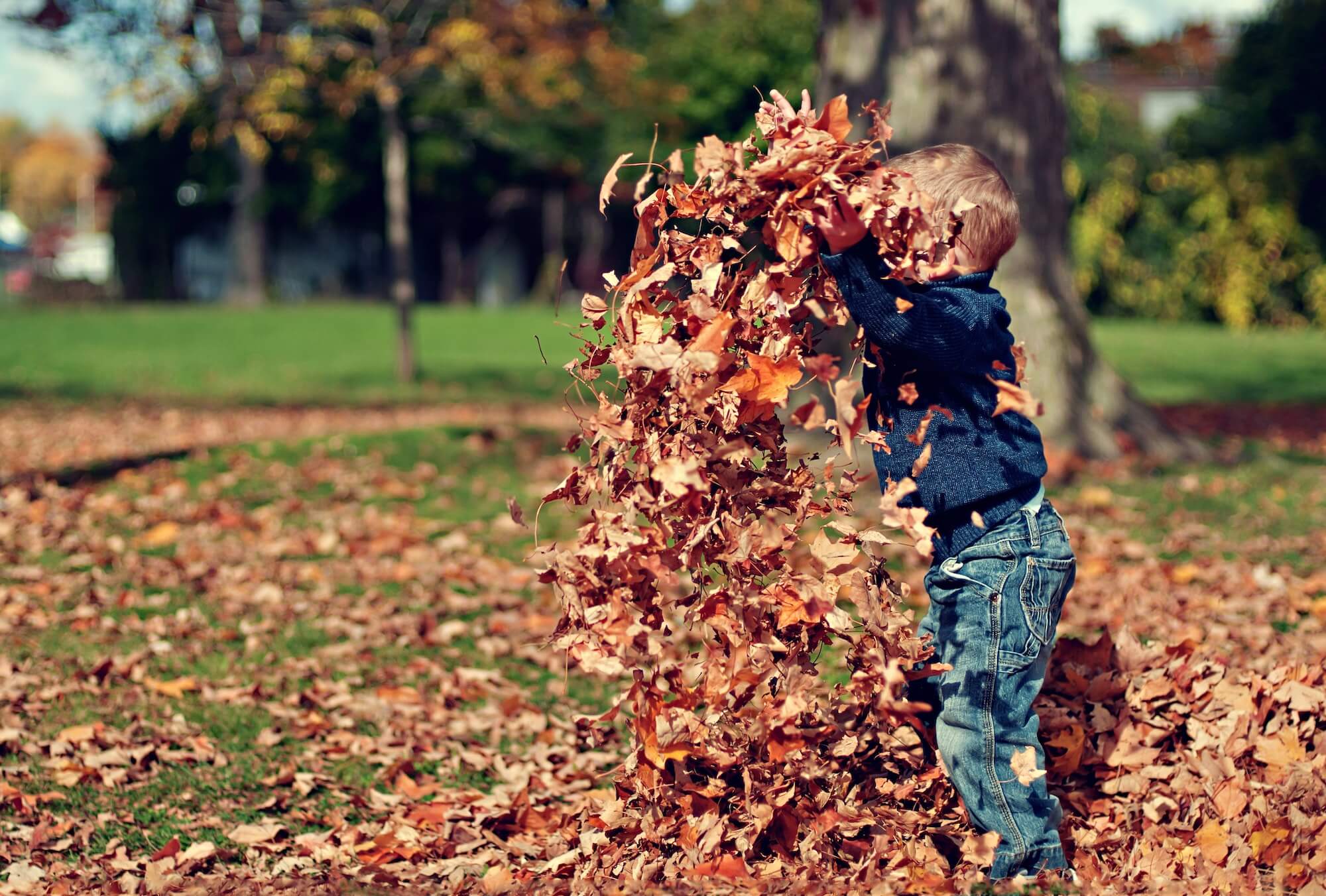Taking care of your lawn doesn’t stop when the weather cools and the leaves begin to change color. Fall is an important time for turf to “heal” after a stressful summer, especially if it has been worn down by traffic or suffered from disease or insect problems. Not only can you repair summer damage to the lawn in the fall and over the winter, but you can also improve the turf so it will be healthier in the spring. Here are some fall tips to improve the health of your lawn.

Lawn watering
Lawn watering is often stopped in early fall. Conventional thinking is that because evapotranspiration (ET) rates are low and the turf isn’t growing much, it is OK to stop watering. While mowing isn’t needed as frequently during fall, the turf DOES continue to grow – but in ways that differ from spring and summer. Turfgrasses form tillers (side shoots) and rhizomes that increase the density of fall turf. Fall watering is essential for late-season nitrogen applications to work most effectively. Fertilizer applied to dry turf is less likely to enhance fall rooting and increase energy storage.
Rake Leaves
It may not be fun but it is necessary to rake leaves from your lawn as soon as possible. If you wait until all the trees in your yard are bare, it may be too late. The leaves will become wet from rain and morning dew, stick together, and form an impenetrable mat that if left unmoved will suffocate the grass and breed fungal diseases. An alternative to raking leaves is to use a lawnmower fitted with a collection bag or vacuum system. These methods are particularly effective if you have a very large yard with many deciduous trees. Regardless of whether you use a rake or a lawnmower, just be sure to remove the leaves before they turn into a soggy, suffocating mess.
Fertilize
According to turfgrass scientists, the best time to fertilize lawns in Maryland is the fall. This is the time of the year when the grass recovers from summer heat and drought stress. Fertilizer applied from late August through early October promotes increased density of the turf without promoting excess shoot growth. Late fall fertilization from mid-October through early December promotes increased root growth. It also increases carbohydrate storage for the grass to survive the winter and prepare for the following spring’s new growth.
Weed Control
Fall is also the best time of year to control perennial broadleaf weeds – dandelion, clover, plantain, and thistle, to name a few. Fall herbicide applications are more effective when applied to healthy, green, actively growing weeds. The herbicide is more easily absorbed and translocated to weed roots resulting in better control.
 Aerate
Aerate
In most home lawns, fertile topsoil may have been removed or buried during excavation of the basement or footings, forcing grass to grow in subsoil that is more compact, higher in clay content, and less likely to sustain a healthy lawn. Aeration can help relieve soil compaction and increase the air circulation needed to help your grass to grow deeper roots and make more efficient use of water and fertilizer.
Start Today
Contact ProLawnPlus today to get your FREE no obligation estimate. Let us help your lawn get the start it needs today, to be the lawn you’ve always wanted tomorrow. ProLawnPlus is a local lawn care company. We provide lawn care as well as tree and shrub services for Maryland residents in Baltimore, Baltimore City, Baltimore County, Howard County, in addition to portions of Harford County and Carroll Counties.

